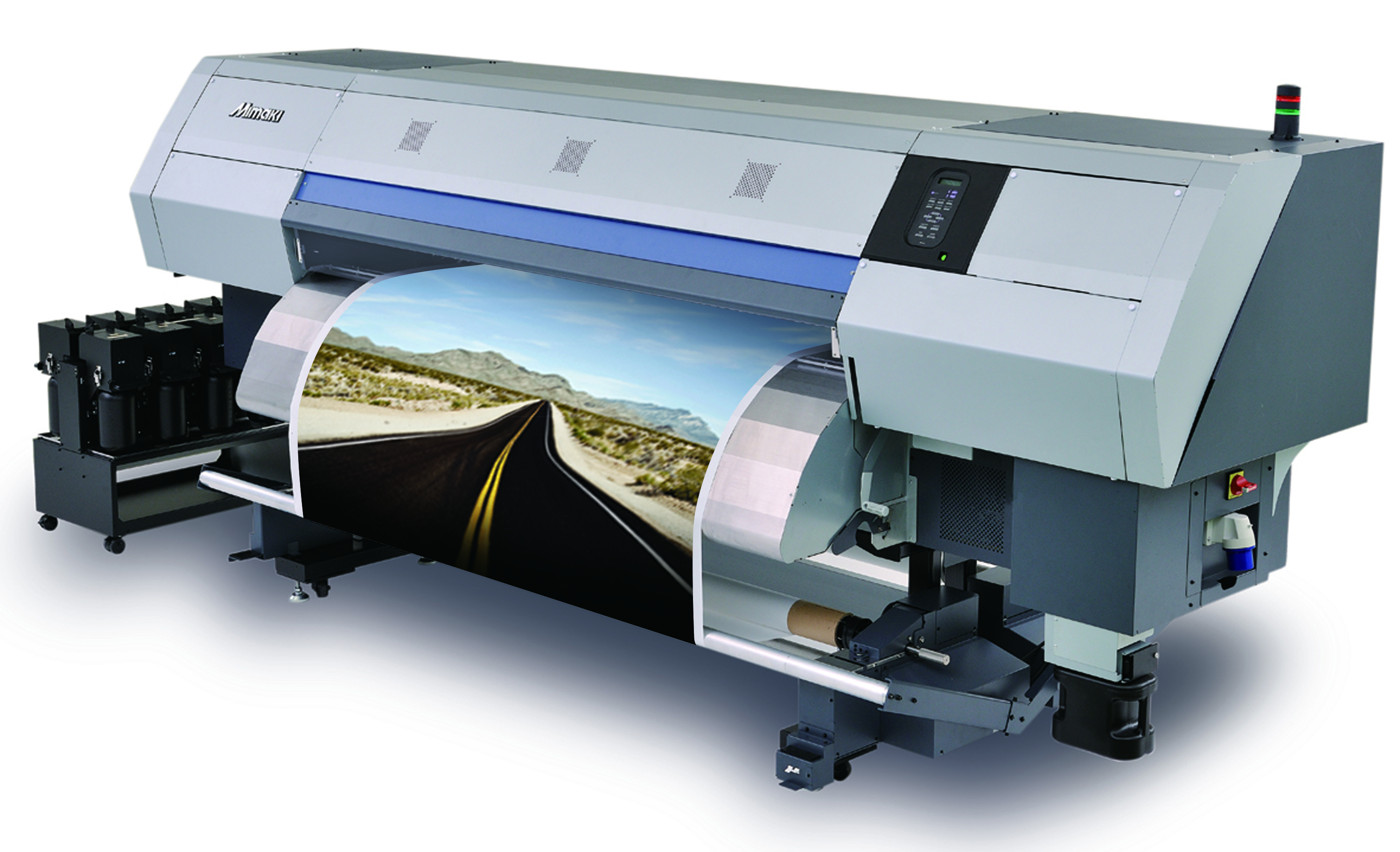Dye-Sublimation printers are often called Thermal-Dye transfer printers. This type of printers are more suitable for professional photographic printing.
Advantages compared with other printers
Coating protection prevents print degradation by, air, UV light and water.
A big advantage compared with inkjet photo printers is the capability to print a superior range of colors creating a continuous-tone image. They can perfectly reproduce the quality of a print made in conventional photo labs who use silver-halide paper.
Another advantage over inkjet printers is the instant ready to handle prints because the dry process takes place inside the printer. There are no liquid-inks used in printing process, this making the head clogging problem vanished.
Disadvantages
Expensive to purchase;
Support a limited range of print media;
Average performance in black & white prints;
Paper and ribbon very sensitive to impurities and skin oils.
Despite its ‘minor’ drawbacks, most professionals are using these printers for its capability to produce lab quality photographic prints.
Dye-Sublimation technology
They use CMY (cyan magneta yellow) and CMYK (CMY+black) colors to produce prints, but many Dye-Sublimation printers adopted CMYO type, where ‘O’ is an over-coating thin laminate protection to avoid the degradation of the print by air, water and UV light.
